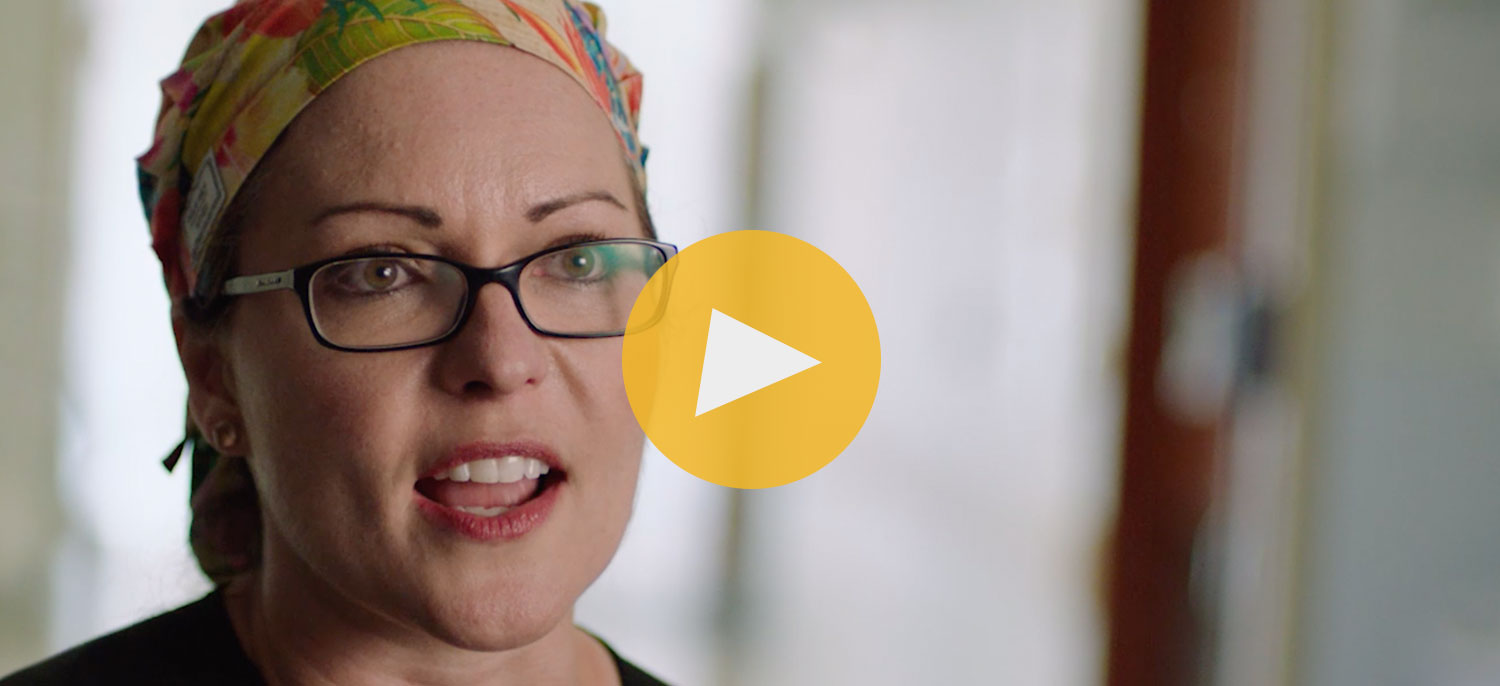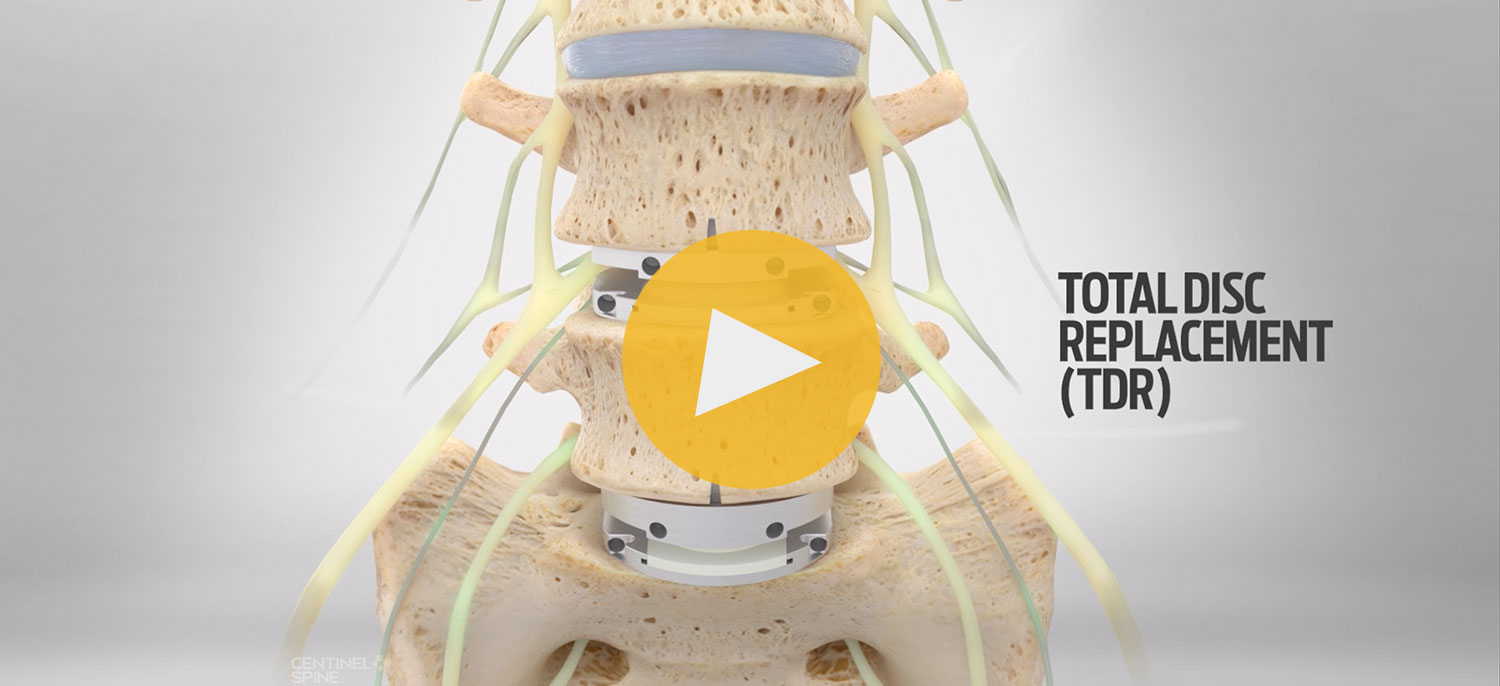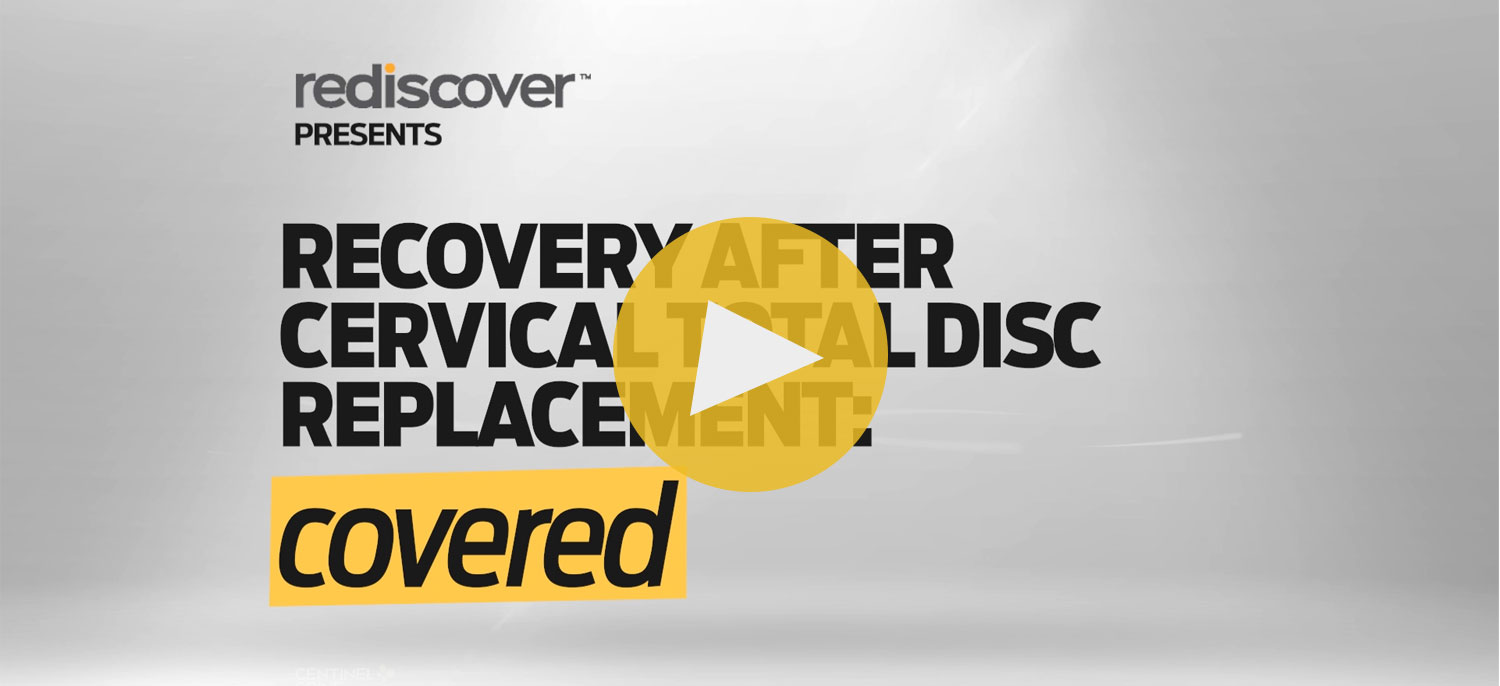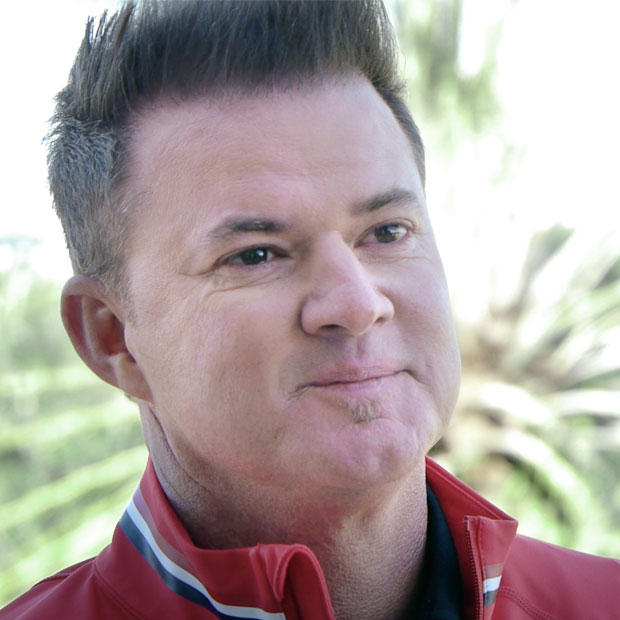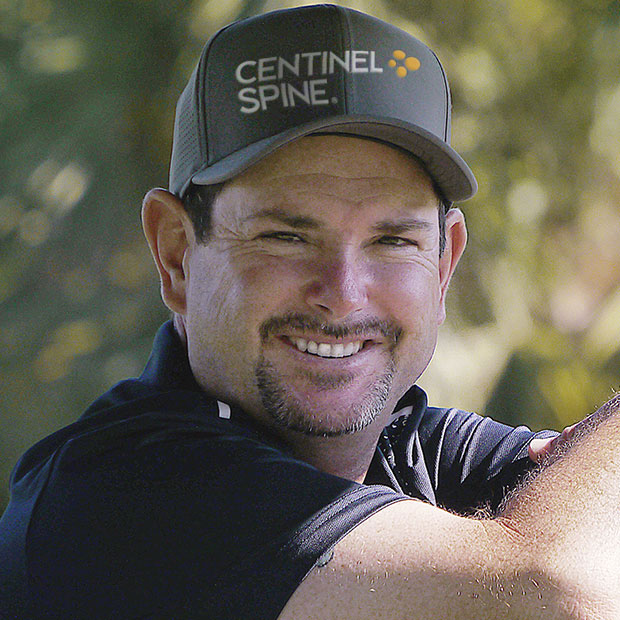What is Spinal Fusion?
Spinal fusion is a surgical procedure where two or more vertebra are fused, or connected, together to permanently eliminate all motion in the spine at that level. Spinal fusion involves removing the patient’s diseased disc and inserting a device to allow bone growth between two vertebral bodies—essentially fusing two vertebral bodies into one rigid segment.
Spinal Fusion Surgery
Spine surgery can be performed utilizing an anterior (front), approach through an incision in your abdomen or neck. A lateral (side) approach uses an incision in your side. A posterior (back) approach may also be used thorough an incision in your back or the back of your neck. There are several advantages to using an anterior approach, including: less muscle disruption, greater anterior column support (80% of the load on your spine goes through the anterior column), and the ability to place a larger implant to better fusion. During spinal fusion surgery, the diseased spinal disc is removed.
An interbody device is inserted in the spine to replace the diseased disc. Sometimes, the surgeon may also insert a metal plate that bridges the adjacent vertebral bodies to stabilize the spine.
Alternatively, your surgeon may use an "integrated interbody" device—a single device that replaces the diseased disc. The integrated device is then secured with specially-designed screws.

